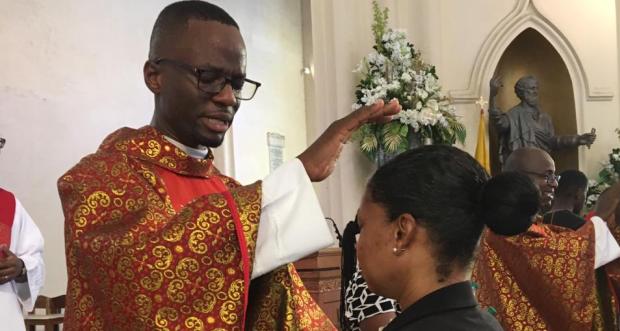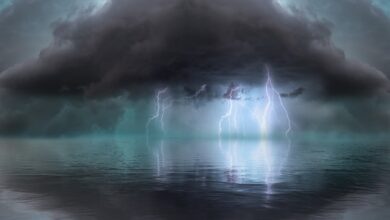9/11 and A Nation Facing Disasters

 By Bishop Arthur Serratelli
By Bishop Arthur Serratelli
The August 23 earthquake measuring 5.8 on the Richter scale shook citizens all along the East Coast from Virginia to New Hampshire. Within less than a week, Hurricane Irene swept across the Eastern seaboard, leaving death and destruction in its wake. In recent years, such natural calamities have followed one upon another all too close, leaving us unsettled.
In 2005, Hurricane Katrina struck the Gulf Coast from central Florida to Texas. It took the lives of 1,836 people. It breached almost every levee in metro New Orleans and flooded 80 percent of the city. It was the costliest natural disaster in U.S. history. In April, 2011, 162 tornadoes spread havoc over Oklahoma, Texas, Kansas, Arkansas, Mississippi, Alabama, Missouri, Louisiana, Illinois, Kentucky, Georgia, North Carolina, South Carolina, Virginia, Maryland and Pennsylvania.
When it comes to these natural disasters, we turn to nature for an explanation. The tectonic plates constantly shifting beneath our feet cause earthquakes. Moist warm air and rising water temperatures conspire together to form tropical storms and hurricanes. Warm and cold air masses colliding give birth to tornadoes.
We may wonder why God allows these disasters to happen. But, at least, we can understand their genesis in a world that God created with certain physical laws. It is otherwise with the man-made catastrophes that inflict death and pain on so many innocent people.
Man-made disasters are not new. People have used violence to destroy and kill in wars fought for honor, for the defense of country and for the spread of religion. But, in war, soldiers fight soldiers. Not so in terrorism. Terrorists target civilians or non-combatants. They use the death of the innocent to make their point. They deliberately create fear and distress in order to achieve a political or ideological end.
The 1988 aircraft bombing over Lockerbie, Scotland and the 2000 terrorist attack on the U.S.S. Cole in Yemen deeply saddened us with the senseless taking of so many innocent lives. The 1993 bombing of the World Trade Center in New York City and the 1995 bombing of the Federal Building in Oklahoma City brought terrorism to our soil. Osama bin Laden’s devastating 9/11 attacks on the Twin Towers and the Pentagon in Washington, D.C., along with the United Airlines Flight 93 downed over Shanksville, Pennsylvania as passengers bravely struggled to retake the airliner; these assaults left us horrified and shocked. The unthinkable had happened. Our immunity to domestic terrorism was lost forever. Our lives are no longer the same.
Ten years later, the images of 9/11 are hard to forget. The Twin Towers ablaze, smoldering in smoke and then collapsing. Innocent people jumping out of windows to certain death. Civilians fleeing the towering infernos. Rescue workers rushing to the scene. The ratio of the dead to the injured was 5:1, an almost exact reversal of the ratio of the dead to the injured in war.
Time closes the gaping wounds of piercing grief. Yet, time cannot dull our memory of those who were lost. The passing years can never fill the painful void left by those snatched so cruelly from our midst. Their suffering and untimely death rightly moves us to honor them by consecrating ourselves to the pursuit of peace and reconciliation.
Within the human spirit, there is the tendency to forget such horrifying events. When the trauma passes and we get back to a normal routine, we prefer not to be held captive to the tragedy of the past. But to forget the past is to stifle the heart. We need to remember the hurt and the vulnerability, the loss and the untold suffering of so many so that our hearts are opened to each other.
In the end, acts of terrorism are man-made disasters. They have their origin not in any law of nature, but in the perversion of the universal law of love for one’s neighbor. It is only love that rises from a heart open to every neighbor that can conquer the evil of hatred, enkindle shattered hope and usher in a more civilized world.






